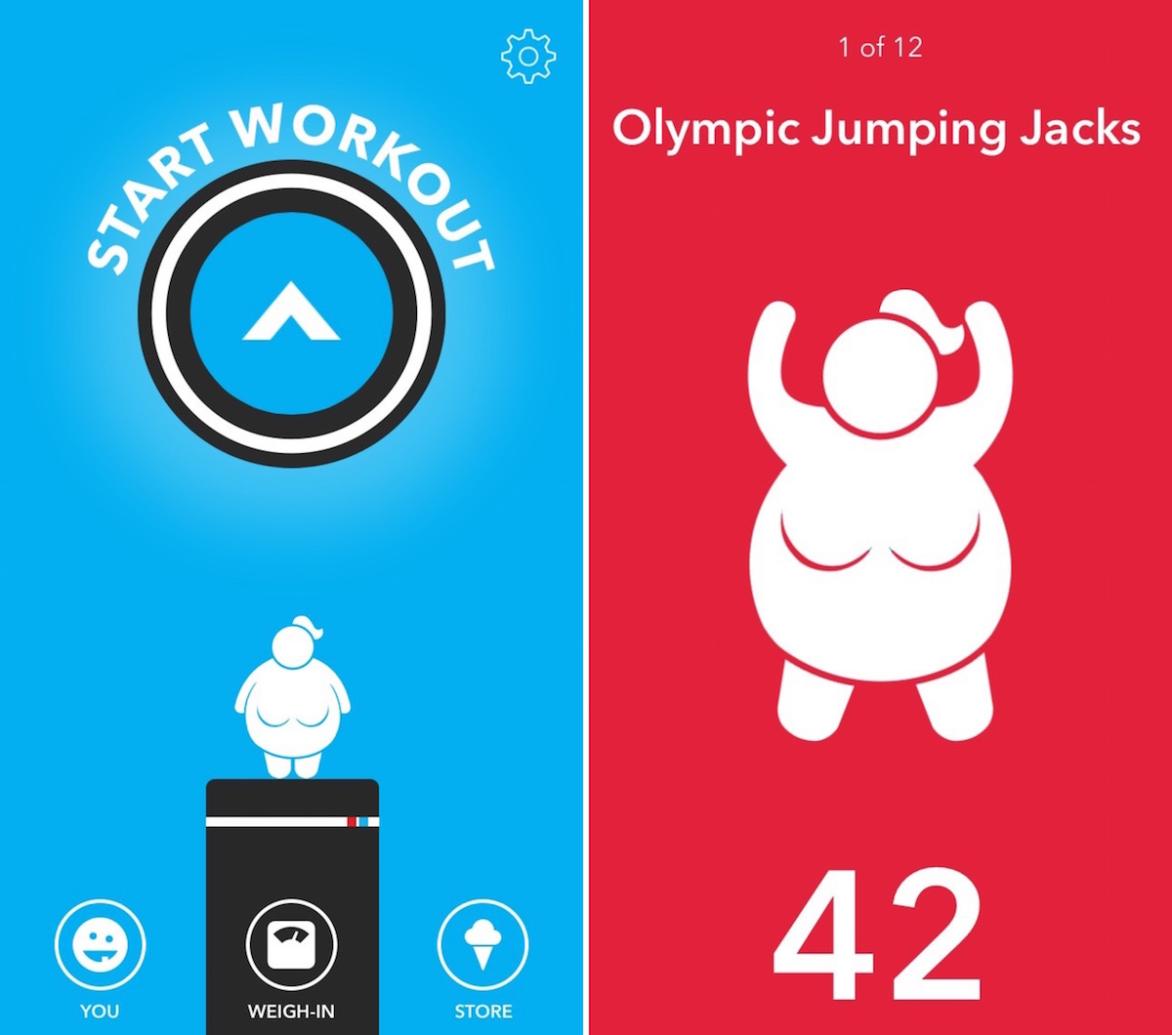How Can I Use Fitness Apps Safely and Effectively?
In today's digital age, fitness apps have become increasingly popular, offering convenience, personalized fitness plans, and the ability to track progress. While these apps can be valuable tools for achieving your fitness goals, it's crucial to understand how to use them safely and effectively to avoid injury, discouragement, and suboptimal results.

I. Choosing The Right Fitness App
The first step to using fitness apps safely and effectively is choosing the right app for your needs. Consider your fitness goals, preferences, and experience level. Research different apps to find one that aligns with your requirements. Read reviews and ratings to assess the app's quality, effectiveness, and user-friendliness.
Key Points:
- Consider your fitness goals, preferences, and experience level.
- Research different apps to find one that aligns with your needs.
- Read reviews and ratings to assess the app's quality and effectiveness.
II. Setting Realistic Goals
Once you've chosen a fitness app, it's essential to set realistic goals. Starting with achievable goals will help you avoid discouragement and injury. Gradually increase the intensity and duration of your workouts as you progress. Use the SMART (Specific, Measurable, Attainable, Relevant, and Time-bound) goal-setting framework to ensure your goals are well-defined and achievable.
Key Points:
- Start with achievable goals to avoid discouragement and injury.
- Gradually increase the intensity and duration of your workouts as you progress.
- Set SMART (Specific, Measurable, Attainable, Relevant, and Time-bound) goals.
III. Creating A Personalized Workout Plan
A personalized workout plan is crucial for achieving your fitness goals safely and effectively. Consult with a fitness professional or use the app's guided workout plans as a starting point. Customize your workout plan based on your fitness level, goals, and preferences. Ensure the plan includes a warm-up, workout, and cool-down phase to optimize your workouts and minimize the risk of injury.
Key Points:
- Consult with a fitness professional or use the app's guided workout plans.
- Customize your workout plan based on your fitness level, goals, and preferences.
- Ensure the plan includes a warm-up, workout, and cool-down phase.
IV. Listening To Your Body

It's essential to pay attention to your body's signals during workouts. Pushing yourself too hard can lead to injury and burnout. Take rest days when needed to prevent overtraining and allow your body to recover. Modify exercises if you experience pain or discomfort. Remember, progress is gradual, and it's okay to adjust your workouts based on how your body responds.
Key Points:
- Pay attention to your body's signals during workouts.
- Take rest days when needed to prevent overtraining and injury.
- Modify exercises if you experience pain or discomfort.
V. Tracking Progress And Making Adjustments
Fitness apps often provide tracking features that allow you to monitor your progress and identify areas for improvement. Use these features to stay motivated and make adjustments to your workout plan as needed. Celebrate your achievements and milestones along the way. Tracking your progress will help you stay on track and ensure you're making progress towards your fitness goals.
Key Points:
- Use the app's tracking features to monitor your progress and identify areas for improvement.
- Adjust your workout plan as needed to challenge yourself and continue making progress.
- Celebrate your achievements and milestones.
VI. Safety Precautions

Safety should always be a top priority when using fitness apps. Ensure your workout environment is safe and free of hazards. Use proper form and technique to avoid injury. Stay hydrated and consume a balanced diet to support your fitness journey. Additionally, it's essential to warm up before your workouts and cool down afterward to minimize the risk of injury.
Key Points:
- Ensure your workout environment is safe and free of hazards.
- Use proper form and technique to avoid injury.
- Stay hydrated and consume a balanced diet to support your fitness journey.
- Warm up before your workouts and cool down afterward.
Fitness apps can be valuable tools for achieving your fitness goals. However, using them safely and effectively is crucial to avoid injury, discouragement, and suboptimal results. By choosing the right app, setting realistic goals, creating a personalized workout plan, listening to your body, tracking progress, taking safety precautions, and making adjustments as needed, you can optimize your fitness journey and lead a healthier, more active lifestyle.
YesNo

Leave a Reply